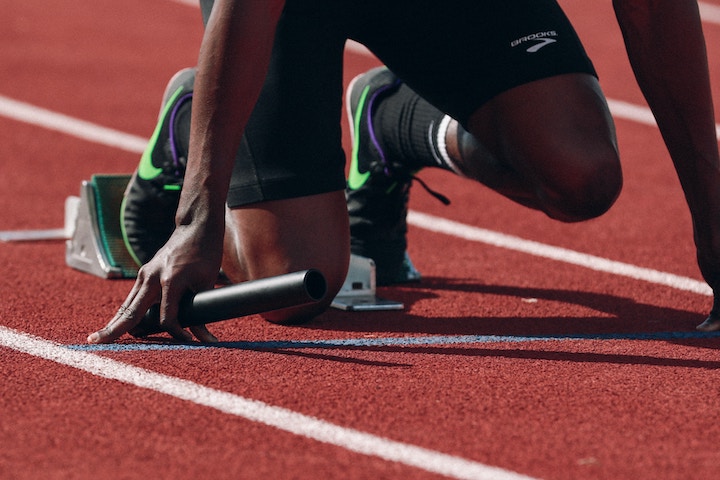Study Reveals High PM2.5 Exposure Slows Down Athletes
Key Findings
The study provides evidence that air pollution, particularly exposure of PM2.5 (particulate matter smaller than 2.5 microns) and ozone, has a significant impact on the race performances of collegiate male track and field athletes in the United States.
Athletes exposed to higher levels of PM2.5 and ozone over the preceding 21 days experienced slower race times.
Methodology
The study analyzed data from 334 elite male collegiate track and field athletes across 46 universities in the United States, spanning the years 2010-2014. The focus on male athletes was due to the labor-intensive nature of data collection. All data utilized was from publicly available sources, eliminating the need for direct interaction with the subjects.
The AQI was used to assess air quality. Instead of using the traditional five-pollutant AQI, the study calculated a two-pollutant threshold AQI for PM2.5 and ozone, the main contributors to AQI in this context.
Additionally, a summed two-pollutant AQI was considered, combining the AQI values for PM2.5 and ozone, to assess the cumulative effect of these pollutants.
Why the Study is Important
Connecting Race Time and Air Pollution
The findings highlight the potential health and performance implications of exposure to air pollution, even at levels considered safe by current standards. This is relevant not only to athletes but also to the general population who may engage in outdoor activities in areas with varying air quality.
Correlation Between Increased PM2.5 Exposure and Slower Race Times
Higher ozone levels, for example, 54.9 parts per million (ppm) versus 36.9 ppm, were also significantly associated with longer race times. An increase in race times was observed with 21 days of higher exposure to PM2.5 and ozone:
PM2.5 at 10.0 μg/m3, versus 5.0 μg/m3, correlated with and increased race times of 12.8 seconds.
Ozone at a concentration of 54.9 ppm, in contrast to 36.9 ppm, correlated with an increased race times of 11.5 seconds.
From Air Quality to Slower Race Times
While the traditional AQI was not found to be significantly correlated with race times, the combined PM2.5 and ozone levels (summed two-pollutant AQI) showed an association similar to the individual effects of each pollutant, leading to slower race times.
Air Quality Consideration Upon Upcoming Training or Competition
The findings provide robust evidence that even moderate levels of air pollution, within the "good-to-moderate" AQI range, can adversely affect the race performance of collegiate male track and field athletes.
This highlights the need for air quality consideration in athletic training and competition planning, alongside acknowledging the potential health and performance risks posed by air pollution exposure.
✅ Running is beneficial, but we must not overlook air quality to maximize its health benefits!
About the Study
- Journal Title: Impact of Air Pollution on Running Performance
- Published Date: February 2023
- Author(s): Marika Cusick, Sebastian T. Rowland, Nicholas DeFelice
- Source: Scientific Reports